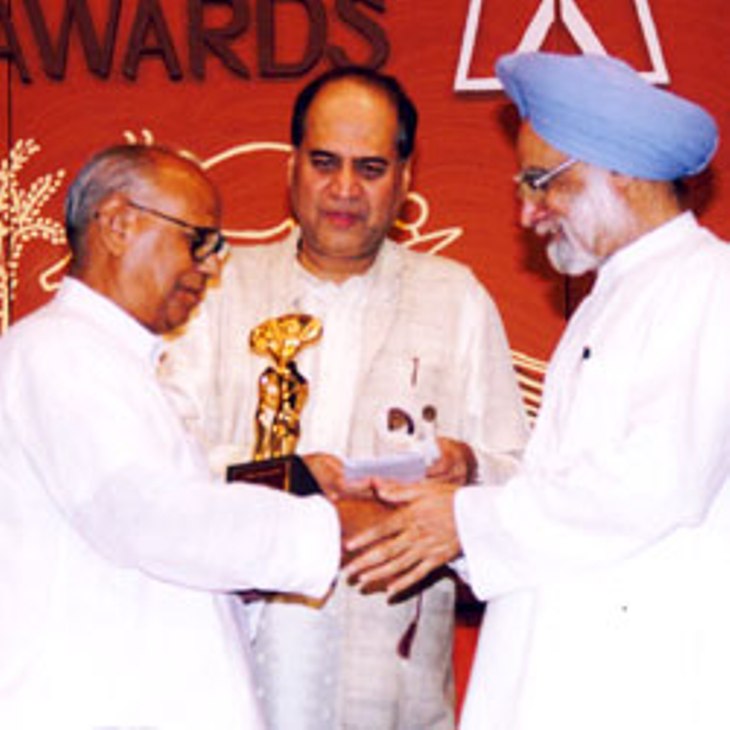Overcoming Even Death Threats, This Gandhian Helped Transform 550 Villages
Mr Sisir Sanyal undertook an experiment for Integrated Rural Development in 50 villages that were affected by perpetual drought and periodic migration of labourers.
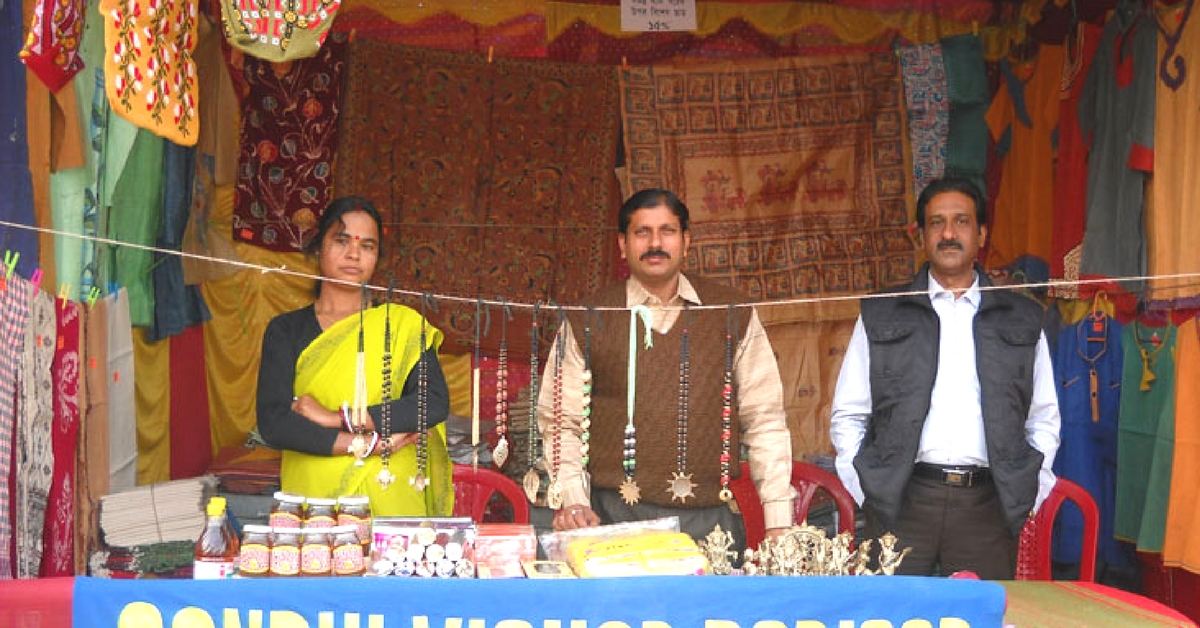
Mr. Sisir Sanyal joined the Indian Air Force as a Commissioned Officer, but inspired by Gandhiji’s philosophy and writings, he soon resigned. He joined the Bhoodan Movement when he was only 27 and finally, settled in Bankura, West Bengal, in 1961.
Here, he took charge of the Gandhi Vichar Parishad as a Tattwapracharak, under Gandhi Smarak Nidhi.
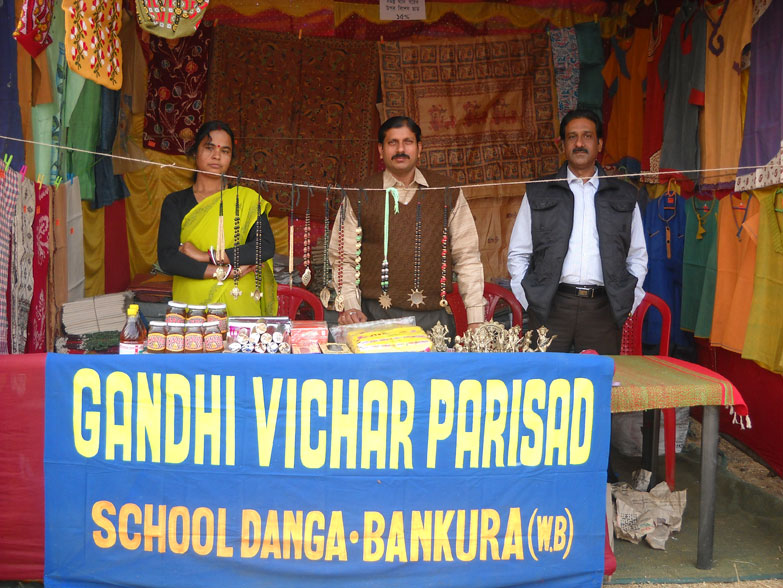
The activities of the Gandhi Vichar Parishad extended to 100 villages in the Bankura Development Block. Through scientific agriculture and skill development, each village was able to build its community assets, which were administered by the respective Lok Samiti.
Also Read: Inspired by Gandhi, This Lady Has Dedicated 50 Years to Help the Downtrodden
As a result, villagers learnt the art of administration of the community assets which amounted to several lakhs of rupees. Thanks to these activities, migration from these villages stopped, the standard of living improved, rural employment became possible for every worker, and community action was involved in the resolution of every crisis.
In short, the rural community became an example of Gram Swaraj.
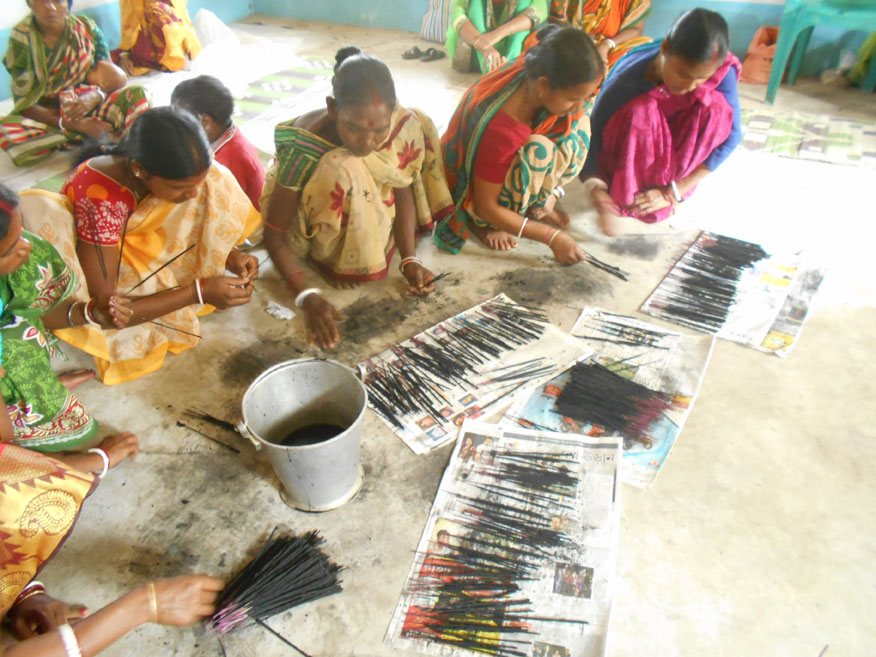
These activities, which were examples of Gandhian Constructive Work in their purest form, became a target for the Naxalite Movement, with Mr Sisir Sanyal’s life being threatened on several occasions. Once, he was almost killed at the doorstep of the library of the Gandhi Vichar Parishad. He not only survived but also continued his mission vigorously, with greater zeal to find that the assailants eventually became his followers.
Mr Sisir Sanyal undertook an experiment for Integrated Rural Development in 50 villages that were affected by perpetual drought and periodic migration of labourers. He helped start irrigation (both groundwater and river lift), reclamation of wastelands, pisciculture, animal husbandry and home industries in these villages. People were encouraged to consume local products to ensure a steady market. These assets were later transferred to the Lok Samities for administration.
Apart from this, a massive programme was undertaken for plantation and environmental upgradation in the drought-ravaged regions of West Bengal and Bihar. Many NGOs were invited to organise these programmes which began in 100 villages.
The programme now encompasses 550 villages, covering seven districts in the two states.
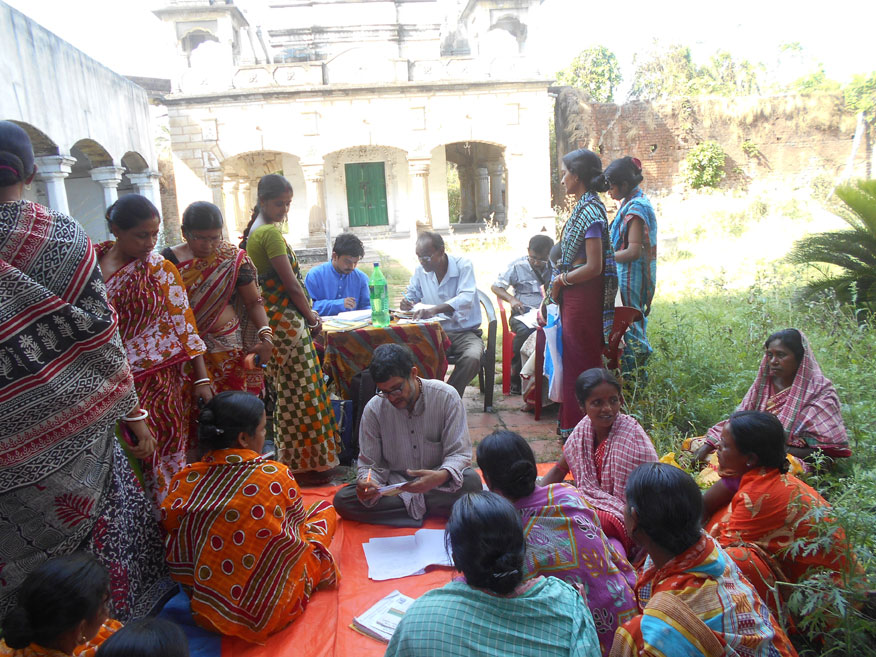
To administer and operate these schemes, Mr Sanyal has developed some key-workers across the villages who run the entire project of his massive activities on a continuous basis.
Also Read: From India to Indonesia, This Man Is Taking Gandhian Values to South East Asia
The impact of Mr Sanyal’s work has been remarkable. Some achievements include the development of the forest management movement by the villagers themselves, the empowerment of women through Panchayati Raj, economic self-sufficiency through common fund development, massive plantation and land reclamation, development of organic farming and the formulation of healthy crop practices. Mr Sanyal’s experience of facilitating a highly sustainable and replicable development model needs to be nationally recognised so that his endeavours and successes do not get lost in oblivion–but stand out as a beacon for society to emulate in the future.
Mr. Sanyal received the Jamnalal Bajaj Award for Constructive Work, 2001.
(Edited by Shruti Singhal)
Like this story? Or have something to share? Write to us: [email protected], or connect with us on Facebook and Twitter.
NEW: Click here to get positive news on WhatsApp!
If you found our stories insightful, informative, or even just enjoyable, we invite you to consider making a voluntary payment to support the work we do at The Better India. Your contribution helps us continue producing quality content that educates, inspires, and drives positive change.
Choose one of the payment options below for your contribution-
By paying for the stories you value, you directly contribute to sustaining our efforts focused on making a difference in the world. Together, let’s ensure that impactful stories continue to be told and shared, enriching lives and communities alike.
Thank you for your support. Here are some frequently asked questions you might find helpful to know why you are contributing?


This story made me
-
97
-
121
-
89
-
167



